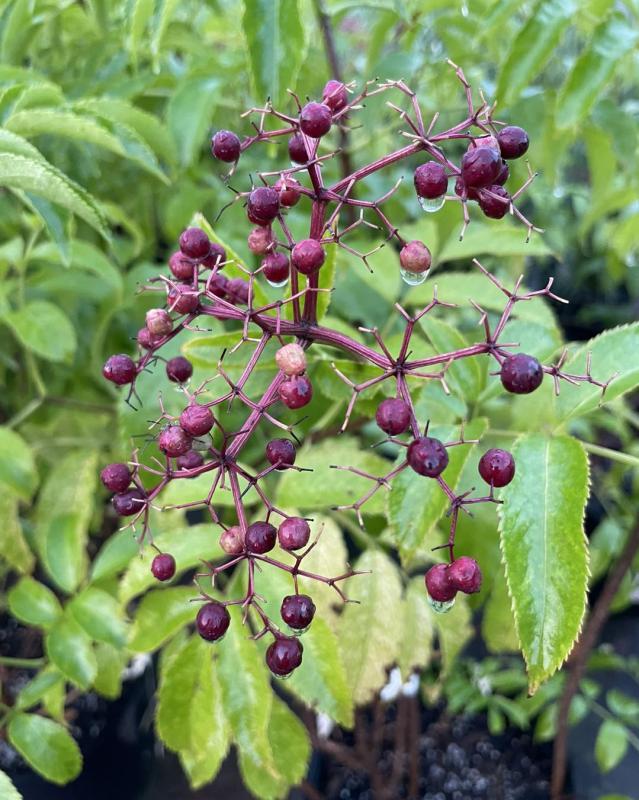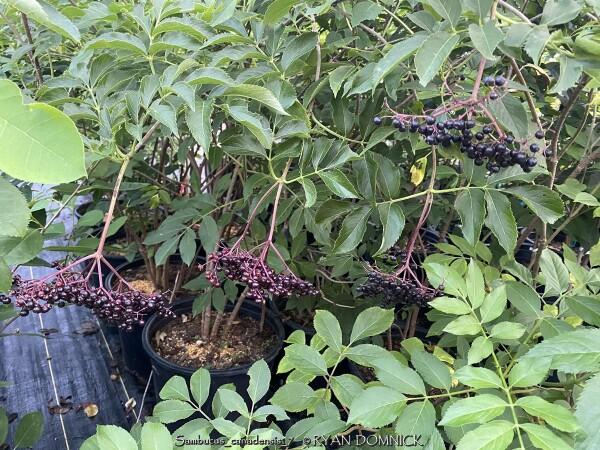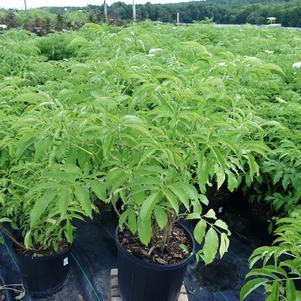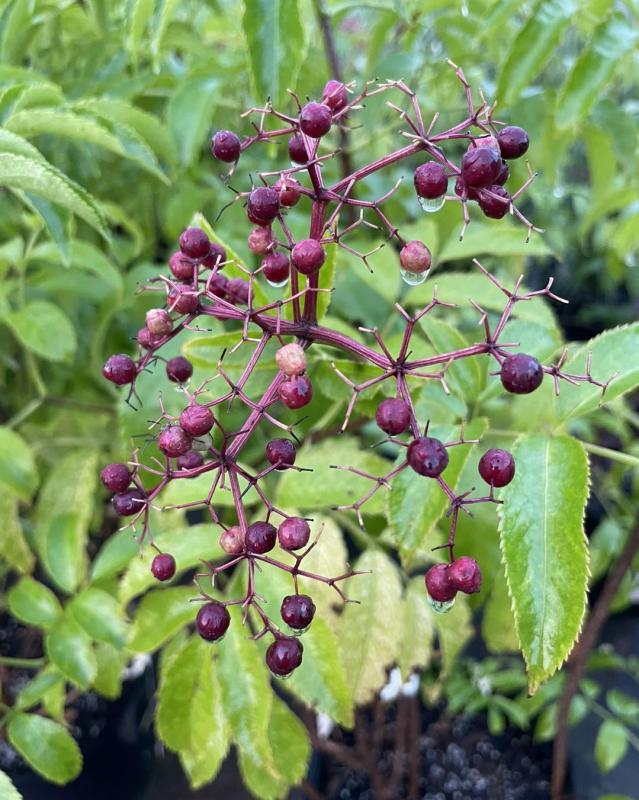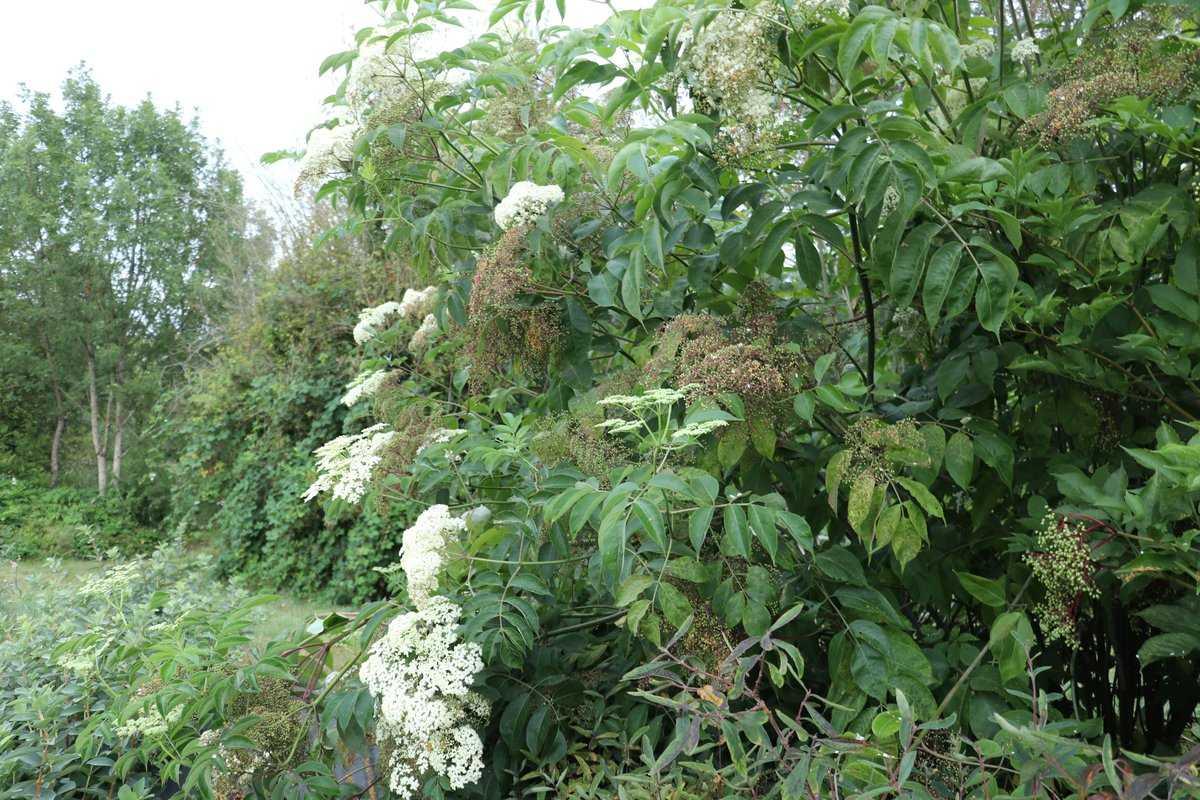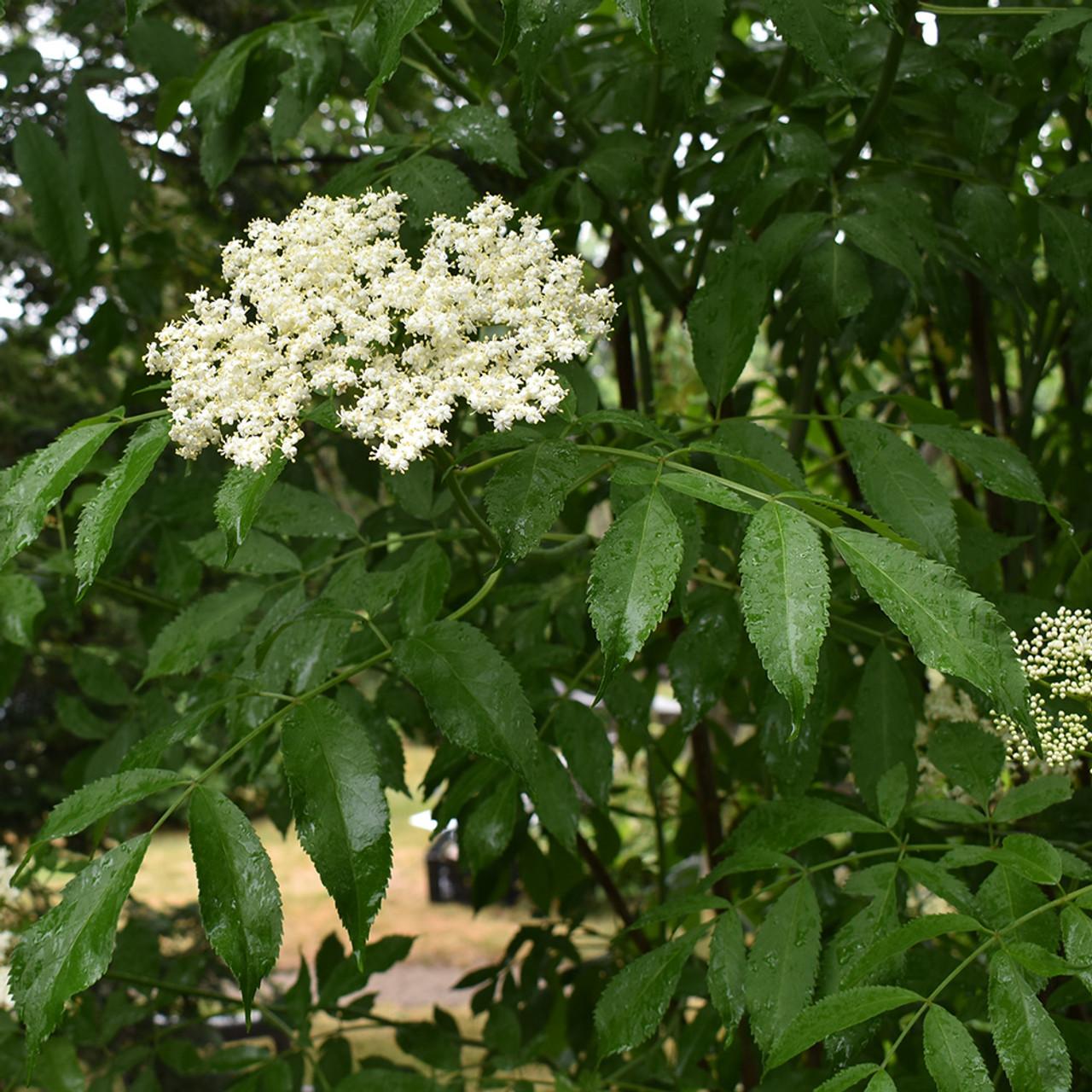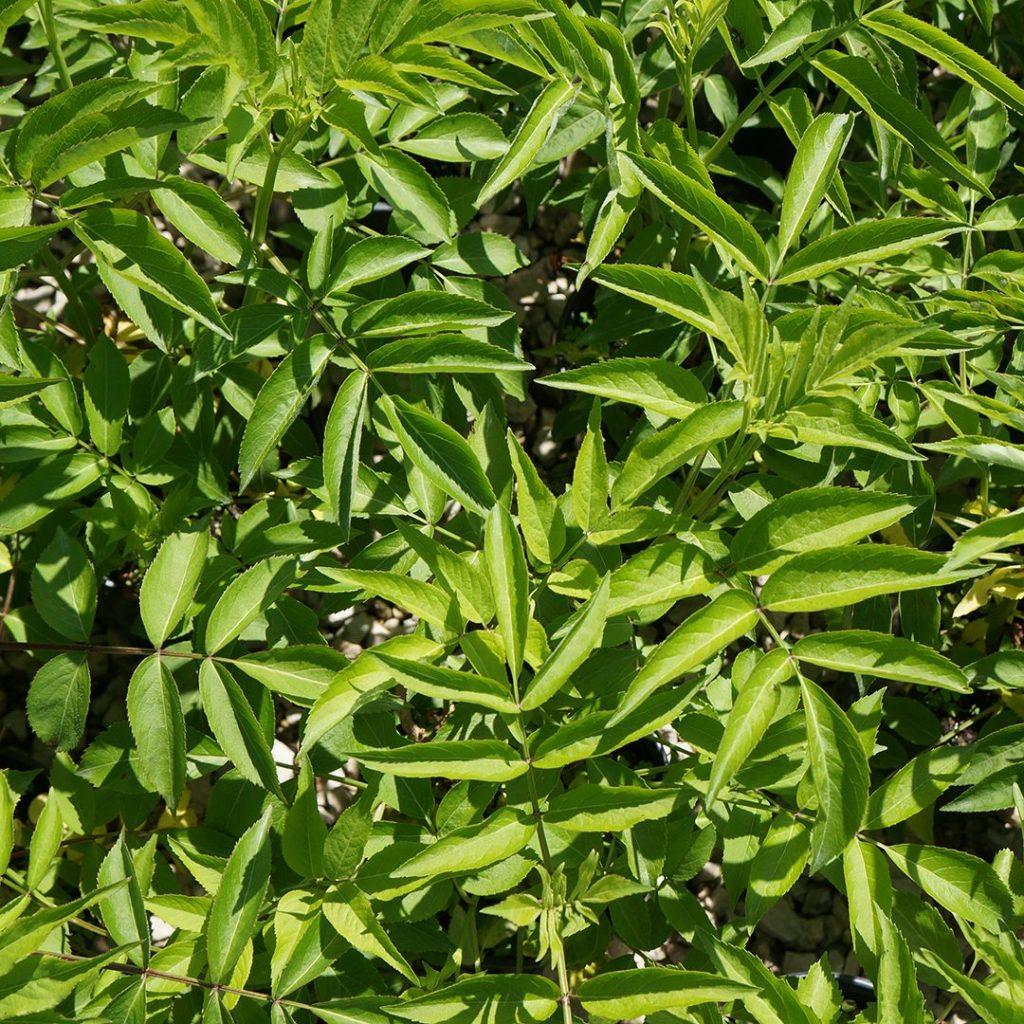1
/
of
18
York Elderberry–Sambucus canadensis 'York'–Fragrant flowers and edible berries 3 Gallon
York Elderberry–Sambucus canadensis 'York'–Fragrant flowers and edible berries 3 Gallon
Regular price
$148.00 USD
Regular price
$192.40 USD
Sale price
$148.00 USD
Unit price
/
per
Shipping calculated at checkout.
SKU:nsd4523-redcrocus
Couldn't load pickup availability
Sambucus canadensis 'York'
Description
The Sambucus canadensis 'York', commonly known as York Elderberry, is a deciduous shrub known for its large clusters of white flowers and dark purple berries. It is a popular choice for both ornamental and edible gardens, providing a habitat for wildlife and producing berries that can be used in jams, jellies, and wines.
Suggested Uses
York Elderberry is ideal for wildlife gardens, edible landscapes, and as a natural hedge or screen. It can also be used in rain gardens due to its tolerance for wet conditions.
Plant Details
-
 Botanical Name: Sambucus canadensis 'York'
Botanical Name: Sambucus canadensis 'York' -
 Common Name: York Elderberry
Common Name: York Elderberry -
 Size & Growth: 6-10 feet tall and wide
Size & Growth: 6-10 feet tall and wide -
 Hardiness Zones: 3-9
Hardiness Zones: 3-9 -
 Foliage Type: Deciduous
Foliage Type: Deciduous -
 Bloom Time: Late spring to early summer
Bloom Time: Late spring to early summer -
 Growth Rate: Fast
Growth Rate: Fast -
 Light Requirements: Full sun to partial shade
Light Requirements: Full sun to partial shade -
 Attracts Pollinators: Yes
Attracts Pollinators: Yes -
 Indoor Friendly: No
Indoor Friendly: No -
 Container Friendly: No
Container Friendly: No -
 Deer Resistant: No
Deer Resistant: No -
 Pet Warning: Berries can be toxic if not cooked
Pet Warning: Berries can be toxic if not cooked -
 Fragrant: Yes, flowers are fragrant
Fragrant: Yes, flowers are fragrant -
 Cut Flower: Yes
Cut Flower: Yes -
 Grows Well With: Other elderberries, viburnum, and native grasses
Grows Well With: Other elderberries, viburnum, and native grasses
Care Tips
-
 Planting Instructions: Plant in spring or fall, ensuring good drainage and space for growth.
Planting Instructions: Plant in spring or fall, ensuring good drainage and space for growth. -
 Soil Moisture: Keep soil consistently moist, especially during dry spells.
Soil Moisture: Keep soil consistently moist, especially during dry spells. -
 Soil Type: Prefers rich, well-drained soil but can tolerate a range of soil types.
Soil Type: Prefers rich, well-drained soil but can tolerate a range of soil types. -
 Humidity: Thrives in moderate to high humidity environments.
Humidity: Thrives in moderate to high humidity environments. -
 Pruning Instructions: Prune in late winter to early spring to maintain shape and remove dead wood.
Pruning Instructions: Prune in late winter to early spring to maintain shape and remove dead wood. -
 Winter Care: Mulch to protect roots in colder zones.
Winter Care: Mulch to protect roots in colder zones. -
 Planting Depth: Plant at the same depth as the nursery pot.
Planting Depth: Plant at the same depth as the nursery pot. -
 Fertilization: Fertilize in early spring with a balanced fertilizer.
Fertilization: Fertilize in early spring with a balanced fertilizer. -
 Special Care: Monitor for pests like aphids and elderberry borers; treat as needed.
Special Care: Monitor for pests like aphids and elderberry borers; treat as needed.
Share

